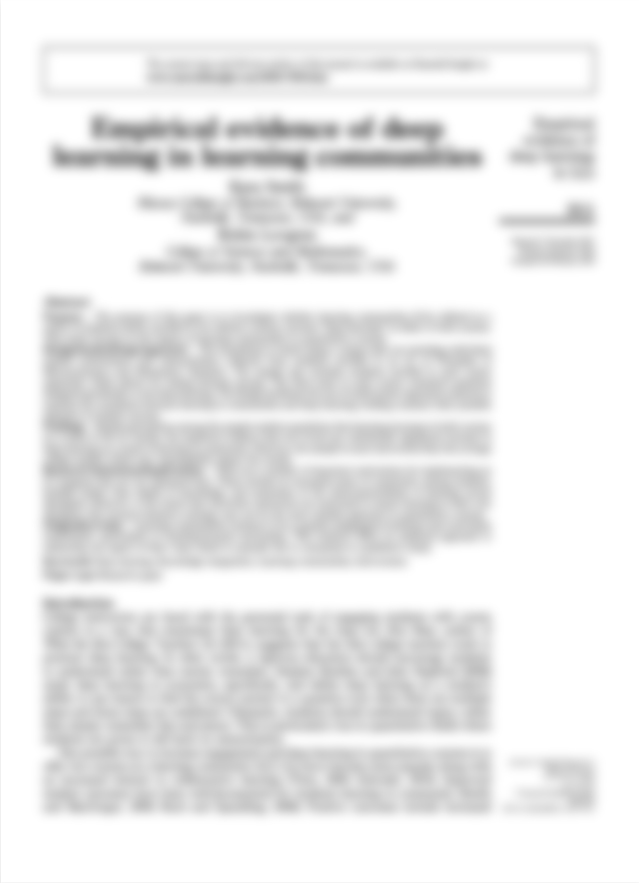- Preview Available
- Scholarly Journal
ALBRECHT WELLMER: Ethik und Dialog. Elemente des moralischen Urteils bei Kant und in der Diskursethik (Book Review)
Steinbeck, Wolfram.
Philosophischer Literaturanzeiger; Meisenheim Vol. 41, Iss. 1, (Jan 1, 1988): 47.
We're sorry, there is no preview available.
Try and log in through your library or institution to see if they have access.






